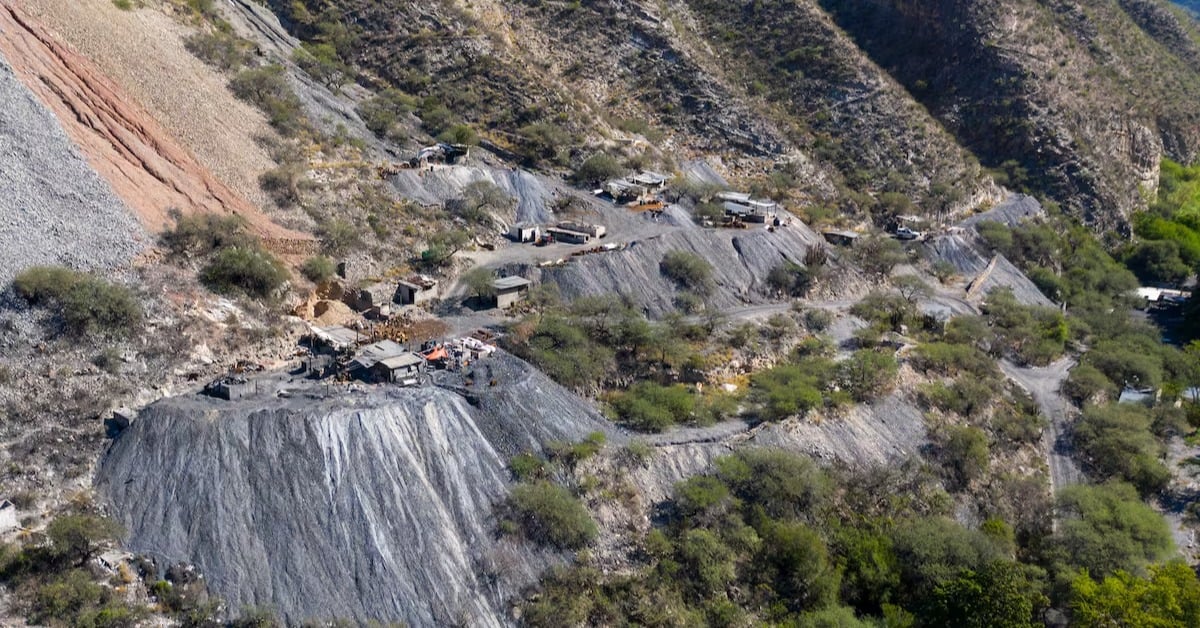CJNG is behind a secret mercury trade from Mexico to South America, fueling illegal Amazon gold mining and environmental damage . . .


CJNG is behind a secret mercury trade from Mexico to South America, fueling illegal Amazon gold mining and environmental damage . . .

